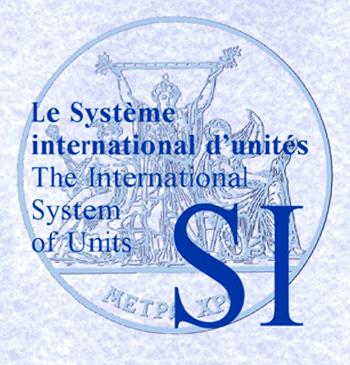
SI (International System of units) is the modern form of metric system based on MKS system of untis.
Both, SI and MKS systems, have 7 base/fundamental units [Kilo-gram (kg), meter (m), candela (cd), second (s), ampere (A), mole (mol) and temperature (K)]. But SI is more comprehensive than MKS system. It has currently 22 derived units [radian (rad), steradian (sr), hertz (hz), newton (N), pascal (Pa), joule (J), watt (W), coulomb (C), volt (V), farad (F), ohm (Ω), siemens (S), weber (Wb), tesla (T), henry (H), degree Celsius (°C), lumen (lm), lux (lx), becquerel (Bq), gray (Gy), sievert (Sv), katal (kat)]
SI also specifies a set of 20 prefixes to the unit names and symbols (such as milli, micro, kilo, mega etc). These are used for multiples and fractions of the units.
| Prefix | Factor | Symbol | Prefix | Factor | Symbol |
|---|---|---|---|---|---|
| yotta | 1024 | Y | deci | 10- 1 | d |
| zetta | 1021 | Z | centi | 10- 2 | c |
| exa | 1018 | E | milli | 10- 3 | m |
| peta | 1015 | P | micro | 10- 6 | µ |
| tera | 1012 | T | nano | 10- 9 | n |
| giga | 109 | G | pico | 10- 12 | p |
| mega | 106 | M | Femto | 10- 15 | f |
| kilo | 103 | k | atto | 10- 18 | a |
| hecto | 102 | h | zepto | 10- 21 | z |
| deka | 101 | da | yocto | 10- 24 | y |
SI is an evolving system by creation of new units and modification of definitions through an international agreement. SI has wider adoption in various fields and acceptance by vast majority of the countries.